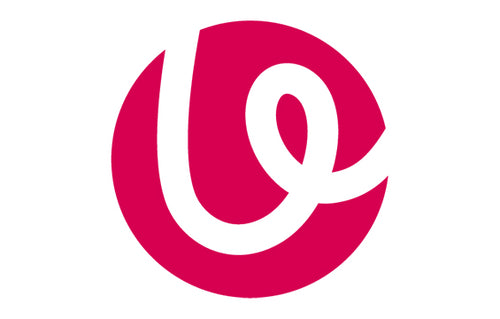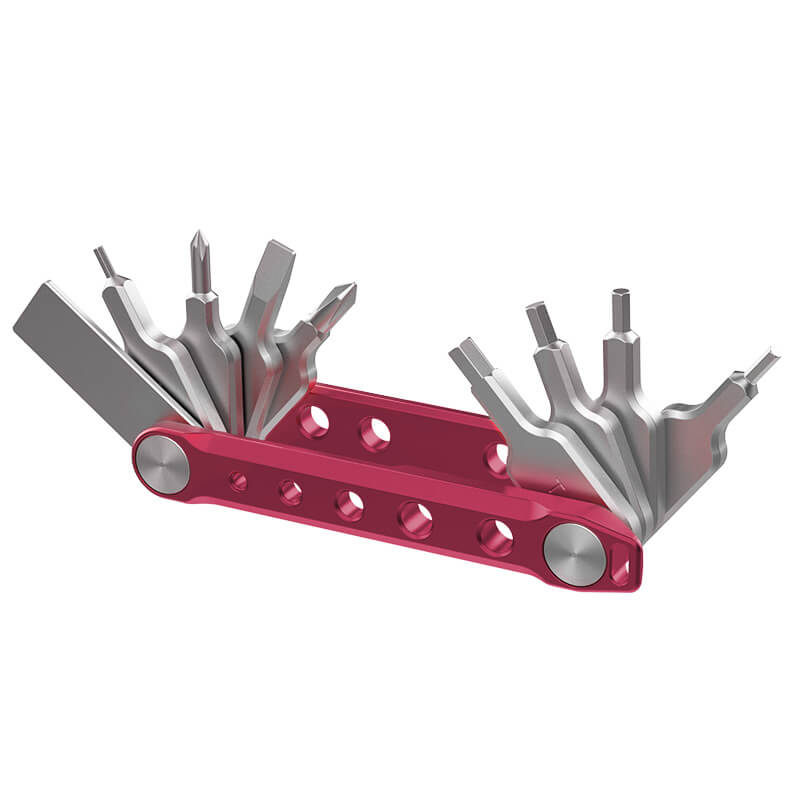| feature | ball head | Fluid head |
| Advantages | - Quick settings - Light weight - Versatile | - Gentle movement - Precise control - Stable for heavy equipment |
| Disadvantages | - Difficult to make precise adjustments | - Less portable - More complex to use - Generally more expensive |
| Weight limit | Varies (often around 3-20 kg) | Varies (often supports heavier equipment) |
| User-friendliness | User-friendly for quick recordings | Requires time to learn the controls |
| Price range | Typically lower | Generally higher due to complexity |
| Ideal use cases | - Landscape photography | - Filmmaking and video filming - Wildlife photography |
The equipment you use for photo and videography can have a significant impact on the quality of your work. The tripod head is an essential accessory that allows you to keep your camera stable and easily change positions. Ball heads and fluid heads are two of the most popular types of tripod heads on the market. Each has unique features, advantages, and disadvantages. In this post, we'll take a closer look at both options to help you determine which head is best for you.

What is a tripod head?
The component that connects your camera to the main support is called Tripod head It is essential for camera stability, which ensures clear photos and smooth video recordings. A solid tripod head is essential for proper image composition and sharpness during shooting, as it allows the angle and position of the camera to be easily adjusted. Tripod heads come in many varieties, each designed for a specific purpose. The two main types we'll cover here are ball heads and fluid heads. Understanding their functions and mechanics will make it easier to make an informed decision.
The advantages and disadvantages of ball heads

Ball heads feature a round ball that sits in a socket. This design allows you to easily move the camera in any direction, making it quick and easy to change your shot. Tension controls allow you to lock the ball in position or adjust its mobility for smooth panning and tilting.
Advantages of ball heads
- Quick setupBall heads allow photographers to avoid fumbling with a series of knobs or levers to move their camera. This speed is especially useful when shooting fast-moving subjects, such as animals or action situations.
- Small and light: Ball heads are easy to transport, making them ideal for travelers who prefer to pack light. They fit in your camera bag without adding much extra weight.
- Flexible in different situations: Ball heads are suitable for a variety of viewing angles and perspectives.A ball head offers you many possibilities for your photography, whether you are taking close-ups of details, landscapes or portraits.
Disadvantages of ball heads
- Precise adjustments are difficultNote: If you're not careful, the ball head's multidirectional movement can occasionally cause unintentional shifting. It's not suitable for tasks like architectural photography, as it requires precise operation.
- You cannot carry heavy equipment or long lensesAlthough many ball heads are designed to support a certain weight, exceeding this limit can cause them to become unstable. This can result in poor photo quality or damage to your equipment.
- Balancing the camera can be tricky: When using ball heads, photographers often find that it takes a lot of effort to balance everything precisely, especially when shooting at unusual angles or when the weight is unevenly distributed.
Best applications for ball heads

- Landscape photography: When shooting landscapes, you often need to adjust the camera angle to get just the right shot. They allow for quick setup and make it easy to change the camera position.
- travel photography: Because ball heads are lightweight and compact, you can quickly set up your camera and capture the next image when exploring new locations.
- General purpose: Whether you're just starting out or a seasoned professional, they offer the flexibility you need for a variety of shooting scenarios, regardless of your experience level.
A closer look at fluid heads

Fluid heads are designed for fluid movements. They have a unique fluid cartridge mechanism, which allows you to control the camera's tilt and pan. Even when tracking moving subjects, this configuration provides consistent resistance, ensuring smooth operation.
Advantages of fluid heads
- Smooth camera movements: Whether panning up to track a subject or panning across a scene, fluid heads are great for creating a professional look for videographers who want to create smooth transitions in their shots.
- More precise control: You can customize the trailing settings to suit your shooting style, allowing for more precise tracking of moving subjects. This level of control is essential in professional videography, where every single frame counts.
- More stability for heavier equipment: Larger cameras and lenses can be supported by fluid heads, which keep everything stable during shooting. The result is higher-quality photos.

Disadvantages of fluid heads
- Not portable enoughCompared to ball heads, fluid heads are generally larger and heavier. When transporting equipment over long distances, this can additional weight are perceived as a burden by photographers.
- Complicated operationFluid heads can also be more difficult to use than ball heads. Beginners may be discouraged because it can take some time to familiarize themselves with the controls, which have additional features and settings.
- Spend more money: Due to their sophisticated mechanics, fluid heads are generally more expensive.The price of a fluid head for your device can be an obstacle if you are on a limited budget.
The best applications of fluid heads
- Filmmaking and videographyFluid heads are the first choice for producing high-quality videos, ensuring smooth motion throughout the shoot. Whether at events, interviews, or dramatic scenes, fluid heads ensure smooth, professional-looking motion.
- Photographing wildlife: The use of fluid heads is also beneficial for wildlife photographers. The ability to effortlessly track moving animals is essential for capturing the perfect moment. Photographers using fluid heads can follow subjects more easily and with greater precision, reducing the risk of missing important images.
Important considerations when choosing a tripod head

Does the tripod head fit your equipment?
Consider how well the tripod head will work with your existing equipment. Weigh and measure your camera and lenses to ensure the tripod head can support your equipment. Pay attention not only to the weight, but also to the type of attachment. Most tripod heads have either a 1/4-inch or 3/8-inch screw mount, so make sure your camera and other accessories are compatible.
Is it easy to transport?
Consider how much weight and volume you can fit in your gear bag if you travel frequently. A lightweight ball head may be better suited for fast-moving shots, and the bulk of a fluid head could cause discomfort on longer trips or excursions.
What is your ideal price point?
While both types of heads are available at different prices, fluid heads are generally more expensive due to their complex construction. Before deciding, spend some time researching and comparing costs. Consider which features are most important to you and whether the price is justified.
Choose according to your style
What type of photography or videography do you want to pursue? If you primarily shoot still images, especially landscapes or events, a ball head may be the right choice. However, if your focus is on video, especially with moving subjects, a fluid head is probably a better choice.
Discover your perfect tripod head!
Ultimately, the decision between a ball head and a fluid head depends on your shooting style and requirements. ball heads are incredibly adjustable, making them perfect for travel and landscape photography. Fluid heads are the right choice if you primarily plan to film, as they offer more control and smoother movements. Both types have advantages and disadvantages, so consider what's most important to you. With the right tripod head on your side, you can unleash your creativity and improve the quality of your work!






